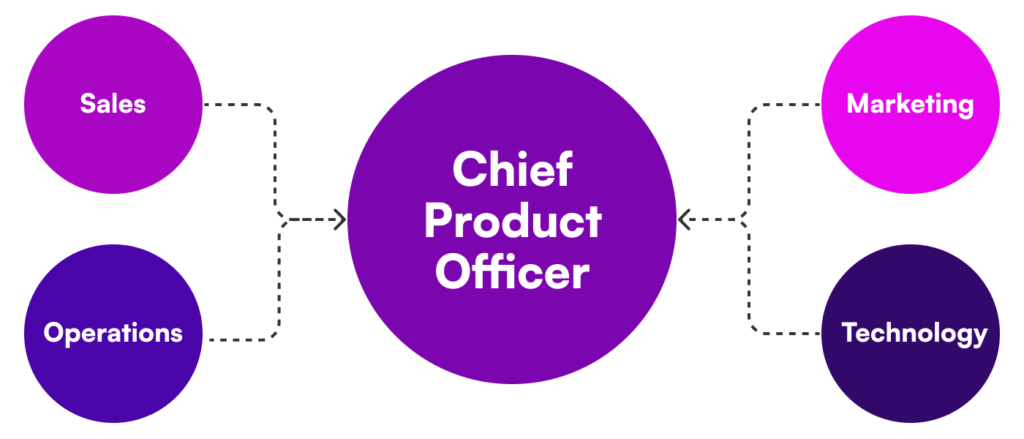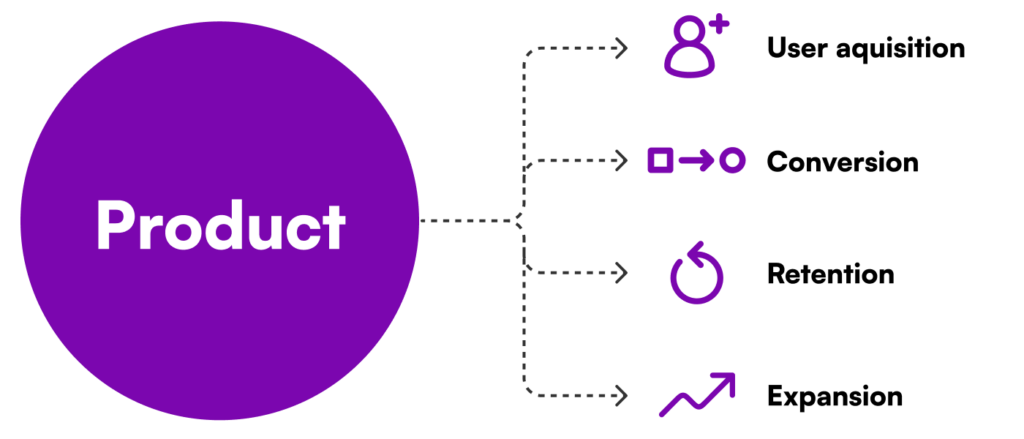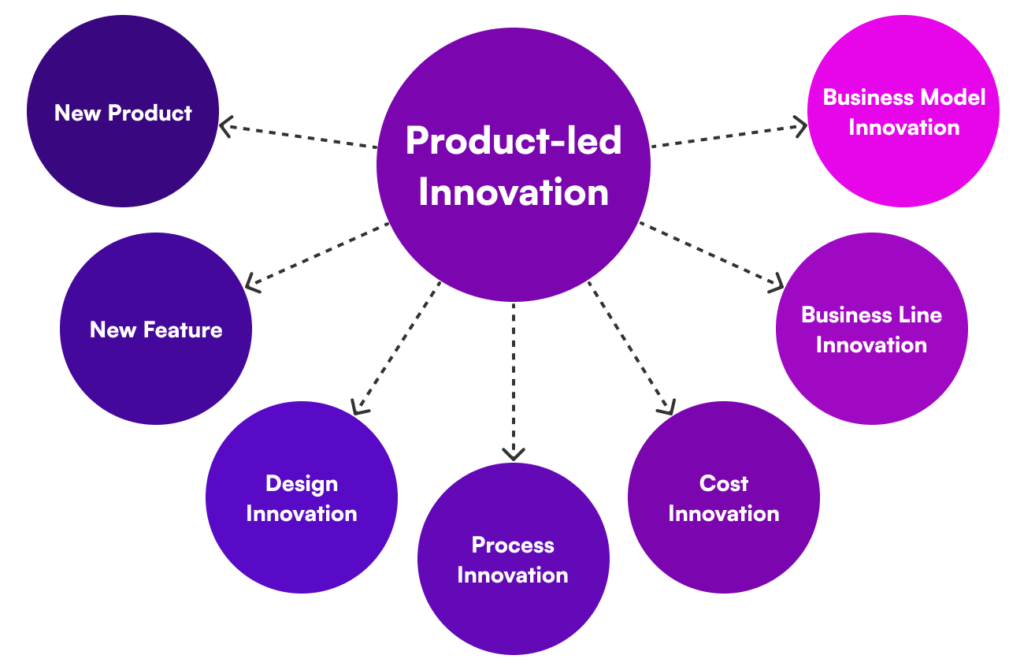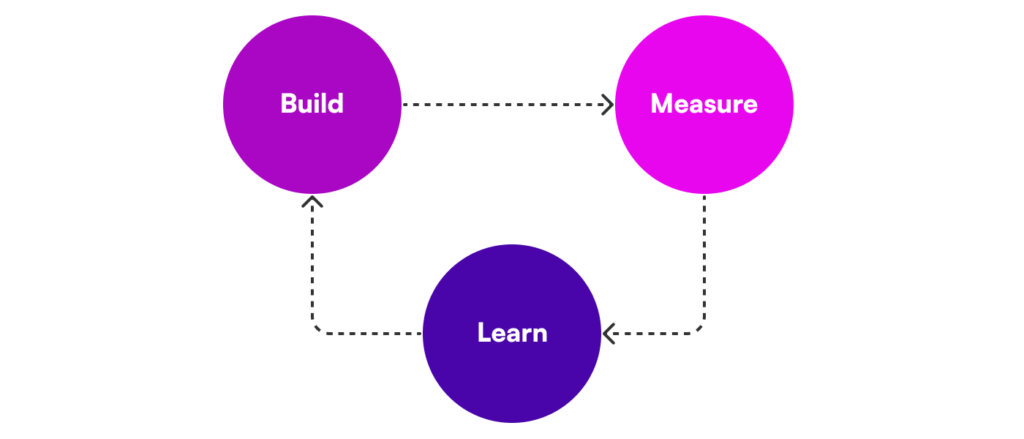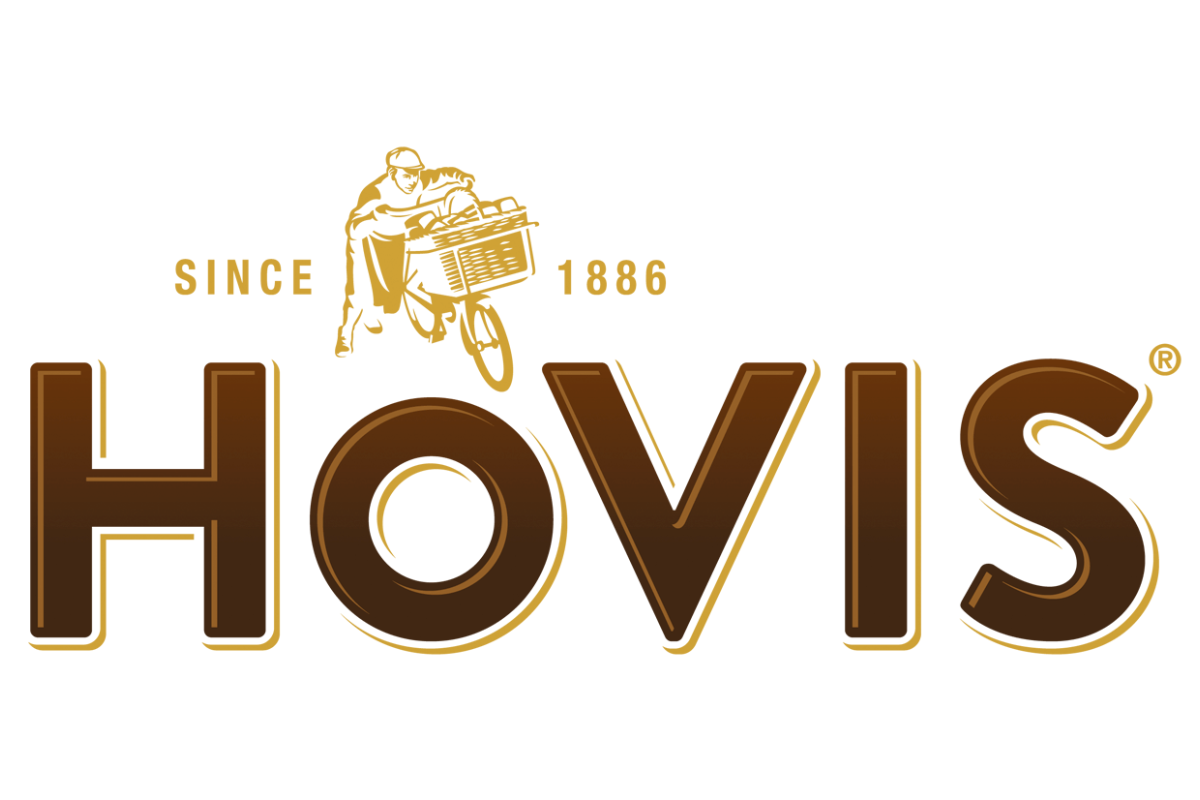How a holistic approach in digital business can unlock your competitive edge
This article was written by Adrian Wong, CPO, in collaboration with David Zaranka, Manager of tml Partners’ Executive Technology Recruitment function.
Digital innovation. It’s not just a buzzword. It’s the undisputed catalyst for advancement across sectors, transforming everything from healthcare to finance. It reshapes business processes, culture, and customer experiences by introducing new technologies or leveraging existing ones in novel ways to meet evolving business and market demands. It’s about being remarkable.
Traditionally, IT departments, led by CTOs, CIOs, or IT Directors, have shouldered the responsibility for spearheading digital innovation, navigating the evolving technological landscape to keep their organisations at the forefront of change.
In some cases, digital innovation has emerged less centrally, with individual departments like marketing spearheading tech solutions for specific needs. Over time, these decentralised efforts, often termed ‘Shadow IT’, have been integrated into a more unified IT strategy.
Beyond technology – the bigger picture
However, while digital innovation is commonly associated with cutting-edge tech, software development and hardware advancements, it’s about more than just the technology. It encompasses a broader spectrum of elements, including organisational structure, market understanding, customer engagement strategies and an iterative approach to product development and improvement.
As the digital landscape evolves, the baton of innovation is passing from traditional IT roles to a more strategic and encompassing position: the Chief Product Officer (CPO). Unlike roles traditionally confined to IT or specific departments, the CPO commands a holistic vision that aligns product strategy with business objectives and customer needs.
This broad perspective positions the CPO as a natural leader in driving digital innovation, as they possess a unique understanding of both the market’s demands and the company’s capabilities.
From ground zero to the boardroom
This evolving landscape of digital innovation isn’t just theory for me. I’ve dedicated my 25-year career to digital, starting in the dotcom boom and building and scaling startups as a UX, Product and Creative Director.
Moving into corporate leadership as an Innovation CTO, I focused on early-stage prototyping and product validation, catalysing innovation across organisations.
More recently, I’ve also delved into venture capital, applying my experience to invest in and support emerging digital ventures.
Through this journey, I’ve learned the art of seeing the big picture of digital innovation and how to “connect the dots”. It’s not just about knowing the pieces; it’s about understanding how they move together to control the board.
Bridging the gap – the Chief Product Officer
The main goal of a CPO is to guide and oversee the entire product strategy and operations of an organisation. This covers everything from product conception and vision to development, launch, and post-launch support, adapting and responding to the ever-changing technological and market landscape. As such, it naturally drives the following responsibilities:
Digital strategy formulation
Crafting a comprehensive digital innovation roadmap is essential. It outlines the strategic direction for product development and technological adoption, ensuring alignment with business objectives and market evolution.
- Analysing market and technology trends: Identifying emerging digital trends and technologies that can be leveraged for product innovation.
- Setting strategic vision: Defining a clear digital strategy that aligns with the company’s overall objectives and market opportunities.
- Roadmap development: Creating a roadmap for digital initiatives, ensuring systematic implementation of new technologies and digital solutions.
- Balancing innovation and practicality: Ensuring that the digital strategy is innovative yet practical, balancing the need for cutting-edge technology with the realities of market demands and business capabilities.
By setting this strategic direction, the CPO ensures that digital initiatives are not just technologically advanced but also aligned with business goals, driving meaningful growth and innovation.
Cross-functional collaboration
The Chief Product Officer role acts as a lynchpin for collaboration with other functions due to their unique position at the intersection of product vision, market understanding, and organisational strategy.
The CPO bridges the gap between various departments by:
- Integrating diverse perspectives: They bring together insights from marketing, sales, IT, and customer service, ensuring that the product strategy reflects a wide range of viewpoints and expertise.
- Ensuring alignment: The CPO ensures that all departments are aligned with the product’s goals and strategy, fostering a unified approach to business objectives.
- Facilitating communication: They play a crucial role in facilitating communication between different functions, which is essential for seamless product development and go-to-market strategies.
- Driving cross-functional initiatives: The CPO often leads initiatives that require input and effort from multiple departments, ensuring the cohesive execution of product-related projects.
In essence, the Chief Product Officer acts as a central figure, orchestrating collaboration and ensuring that all functions work towards a common goal: the success of the product and, by extension, the company.
Product-led growth
As architects of product-led growth, CPOs leverage their unique market and product insights to ensure that the product itself becomes the engine of growth, driving customer acquisition, retention, and expansion through its inherent value and superior user experience.
Product-led vs sales or marketing-led
Product-led diverges from sales-led or marketing-led approaches by centring on the product as the primary growth catalyst.
In a product-led strategy, the product’s inherent value, usability, and user experience drive customer acquisition, retention, and expansion. This contrasts with a sales-led approach where growth hinges on direct sales efforts and personal customer relationships, and a marketing-led strategy, where targeted campaigns and brand awareness are key to attracting and converting customers.
Product-led innovation emphasises delivering an intuitive and compelling product that naturally promotes user engagement and organic growth, reducing the reliance on external sales or marketing efforts for customer acquisition and retention.
Key aspects of product-led growth
- User-focused product design: The product is designed to provide immediate value to users, often through a freemium model or a free trial, encouraging adoption and spreading awareness organically.
- Viral growth mechanics: Features that encourage users to invite others, like easy sharing or collaboration tools, fostering organic growth.
- Self-serve user experience: Minimal barriers to entry, allowing users to start using the product with little to no sales intervention, reducing the cost of customer acquisition.
- Data-driven decision-making: Relying on user behaviour and feedback to iterate and improve the product continuously.
Companies employing a product-led growth strategy focus on creating products that sell themselves and are inherently scalable, often resulting in rapid expansion and a lower customer acquisition cost compared to traditional sales-driven models.
Product-led innovation
Product-led innovation is a strategy where the product development process is the primary catalyst for driving innovation within an organisation.
Closely related to product-led growth, it focuses on creating groundbreaking new products or enhancing existing ones to deliver unique value to customers, thus driving business growth and market differentiation.
The goals of product-led innovation include:
- Creating differentiating products: Developing unique products that stand out in the market.
- Solving new or existing customer problems: Addressing unmet needs or improving solutions for existing problems.
- Driving market expansion: Entering new markets or segments with innovative products.
- Enhancing user experience: Continuously improving the usability and appeal of products.
- Fostering brand loyalty: Building a strong brand through innovative products that attract and retain customers.
- Creating market-responsive products: Developing products that directly address current market needs and customer pain points.
- Iterative development: Utilising agile methodologies to rapidly prototype, test, and refine products based on user feedback and market data.
- Integrating emerging technologies: Incorporating the latest digital technologies into products to enhance their capabilities and create new user experiences.
- Fostering a culture of innovation: Encouraging a mindset within the product team that prioritises creativity and experimentation.
By centring the innovation process around the product, the CPO ensures that the company’s offerings are not only technologically advanced but also closely aligned with market demands and customer expectations.
Data-driven decision making – quantitative & qualitative
Data-driven decision-making, spearheaded by the CPO, revolves around the use of empirical data – both quantitative and qualitative – to make informed product decisions. This facet of the role involves delving deep into analytics to glean customer insights, thereby ensuring that product strategies are not only data-informed but also closely aligned with customer expectations and market needs.
- Utilising analytics: Leveraging data analytics to understand market trends, customer behaviours, and product performance.
- Informed strategy development: Making strategic decisions based on empirical data rather than assumptions, ensuring that product innovations are aligned with market needs and business objectives.
- Enhancing user experience: Using customer feedback and usage data to continuously improve the product’s design and functionality.
- Predictive modelling: Employing predictive analytics to anticipate market changes and customer needs, allowing for proactive innovation.
This approach ensures that the CPO’s decisions are grounded in reality, leading to more effective and impactful digital innovations.
CPO-led vs CTO-led innovation
In digital innovation, the differences between CPO-led and CTO-led approaches are primarily in their focus and objectives:
CPO-led innovation focuses on product strategy, market fit, and user experience. Prioritises customer needs and how the product addresses these needs. Involves cross-functional collaboration to align product development with broader business goals.
CTO-led innovation centres on the technological aspects of product development and company operations. Emphasises technical innovation, infrastructure, and the implementation of new technologies. Often more internally focused on improving efficiency and technical capabilities.
While the CPO drives innovation from a market and product strategy perspective, the CTO leads from a technology and operational standpoint. In some organisations, these roles merge into a Chief Product and Technology Officer (CPTO), combining strategic product vision with technical expertise.
Conclusion
In the digital era, the Chief Product Officer embodies the leadership necessary to thrive in an environment of constant change. With a comprehensive approach that spans from ideation to market delivery, CPOs are instrumental in aligning product strategies with business objectives and customer expectations.
Their commitment to a data-driven, customer-focused, and agile methodology fosters an environment where innovation flourishes. As organisations look to the future, the CPO’s strategic, operational, and cultural leadership will be fundamental to ensuring not just survival, but thriving growth through sustainable innovation and maintaining a competitive edge.
Who is Adrian Wong?
Adrian is a dotcom veteran with a unique hybrid background as a product & creative director in startups and innovation CTO in corporations, across a dozen industries. He’s scaled gaming startup PKR to the fastest-growing UK tech company, pioneered innovation labs for AstraZeneca, BDO and Wipro, and works as a fractional CxO and venture capitalist to invest in and support emerging digital ventures.
He specialises in product, growth, artificial intelligence and corporate innovation – the practical application and commercialisation of emerging tech combined with consumer-grade UX for competitive advantage and democratisation of advanced technologies.
Who are tml Partners?
tml Partners is a specialist senior marketing recruitment firm with a large focus on Executive Search, working on mandates including Chief Product Officers, Chief Marketing Officers, Chief Commercial Officers, and various others across the C-Suite.
Whether you’re seeking interim or permanent solutions, our team has the expertise to support across various sectors and locations.
To learn how tml Partners can help you, get in touch with David Zaranka:



